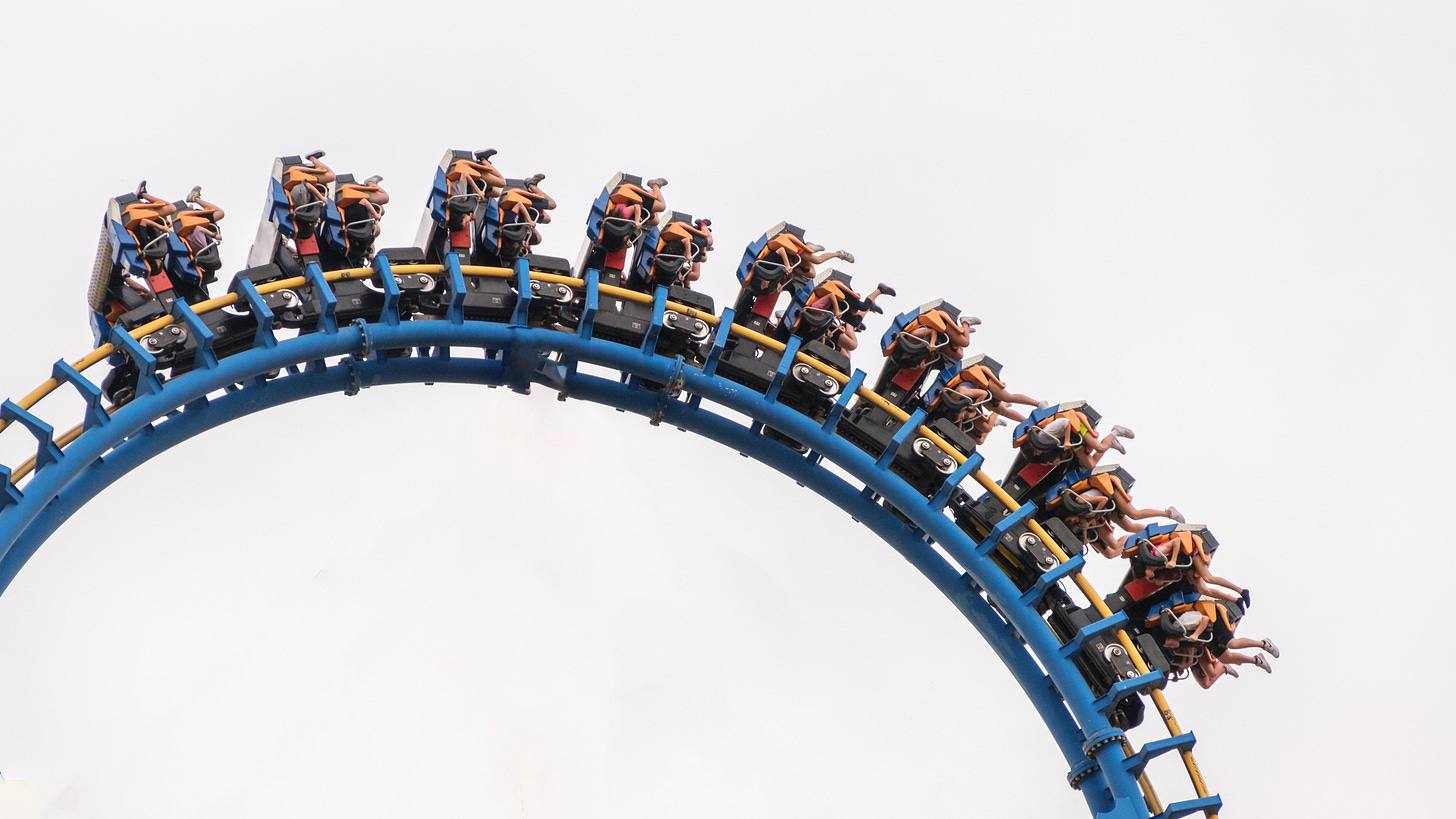A Counter-Intuitive Idea
Exploring how shifting our perspective can help us connect more deeply with Hashem. Print and enjoy over Shabbos.
A local minyan held Hakafos this week in honor of Shlomo Carlebach’s yahrzeit and for the chayalim at war over Sukkos. It was an intriguing initiative—I'm not sure who came up with it or why, but it got me wondering: what does Sukkos have to do with this week’s parashah?
At first, the connection wasn't obvious. As I started to reflect on the themes of Su…
Keep reading with a 7-day free trial
Subscribe to Shui’s Newsletter to keep reading this post and get 7 days of free access to the full post archives.



